E-bikes have offered a gateway to fresh horizons for countless individuals, yet, as with any technology, occasional glitches can impede the journey. While e-bike maintenance is notably less costly than maintaining a car, visiting a bike shop for repairs can be time-consuming. This article aims to simplify the process by highlighting common e-bike issues and providing maintenance advice, empowering you to inspect and upkeep your e-bike independently.
When contrasting the intricate structure of a sophisticated automobile with that of an e-bike, it becomes clear that e-bikes have a more straightforward system. This simplicity has an advantage for owners in that they can directly take care of many common maintenance issues themselves . This ability not only empowers e-bike owners but also yields substantial savings in maintenance expenses.

Controller Problems
The controller plays a crucial role in an e-bike, serving as the central hub that connects essential components like the motor, throttle, pedal assist, battery and sensors. It can be compared to the brain of a human body, and any issue with any of these connections can directly impact the vehicle's overall performance. Common problems with the controller may come from wiring mistakes, loose connections, malfunctioning switches or faulty fuses.
To diagnose controller issues, follow these steps:
- Ensure that the power switch is turned on.
- Verify that the wiring connections are correctly positioned and secure. If there is a connection error, refer to the instruction manual to correct it.
- Check if the controller has a fuse. If the fuse is burnt out, as indicated by a black wire, it needs to be replaced.
- If your e-bike is equipped with a circuit breaker, reset it. However, exercise caution as this step affects the current protection function of the entire system. If any issues arise, the entire controller may need to be replaced.
Typically, if there is an issue with the controller when purchasing a new e-bike, it can often be resolved by following the initial two steps above. It is more likely to encounter problems with damaged circuit breakers and fuses with e-bikes that have been in use for an extended period. In such cases, it is advisable to seek professional advice before attempting any repairs.
Motor ProblemsThe motor has a crucial role in keeping the e-bike running smoothly. It is responsible for converting the vehicle's kinetic energy; without it, the bike will be unable to move forward. Some common issues with the motor include persistent noise or failure to start up.
Checking for motor problems:
- Ensure that the motor wires are correctly connected. Incorrect connections may trigger an error code.
- Inspect the instrument panel for any parameter issues that may indicate setting changes.
- Activate the variable speed mode, if available, to eliminate the possibility of a motor problem.
- Consider recent usage scenarios, such as exposure to rain, continuous climbing or an excessive load during climbing, to identify any improper operations that may have caused a loss of motor performance.
Repairing motor issues can be more complex and typically results in power deficiency and loss of performance. Therefore, it is critical to exercise extra caution during the maintenance process.
Battery problems
The battery serves as the primary power source for the entire e-bike, and any issues with the battery can result in a loss of power for the vehicle. Some common scenarios include the battery not charging correctly or discharging too quickly during use. Another situation could be when the charger indicates that the battery is fully charged, but the e-bike's dashboard shows it is not completely charged. These are just a few examples of potential battery-related problems that can occur.
Checking for battery problems:
- Begin by examining the battery charger. Power it on and observe if the indicator light illuminates. If not, troubleshoot by replacing both the chargerand the vehicle's battery.
- Proceed to test the display. Verify whether the battery's range aligns with the range indicated on the display.
- Consider the usage scenario. Determine if the battery has been stored in the warehouse for an extended period without charging, resulting in a power loss. In such cases, the battery may need to be replaced. Alternatively, in the case of mountain e-bikes, continuous uphill riding for a prolonged duration can lead to accelerated battery consumption, causing overheating and triggering a self-protection mechanism that shuts down the battery's power supply.
- If you find that the vehicle does not start or the indicator panel light does not turn on, it could be a sign that the battery is unable to hold a charge. To troubleshoot, you can use a voltmeter to check the battery's voltage. If the voltage drops, it indicates that the battery is damaged. Itis important to note that charging the battery can also lead to problems. For instance, if the battery is overloaded or overheated during charging, it can harm the battery's longevity. Additionally, if the battery has been used for a prolonged period, typically three” to ’five years, it can experience aging issues, resulting in reduced range and accelerated power consumption. Improper battery management can also impact its longevity. Therefore, it is recommended to promptly replace the battery with a new one when the voltage drops.
Electric bicycle manufacturers predominantly opt for lithium batteries that can undergo cyclic recharging. Consequently, these batteries possess a natural lifespan and extended usage over time can lead to reduced capacity due to aging. To ensure uninterrupted use, it is advisable to have a spare battery as a precautionary measure. This will prevent unexpected incidents and alleviate any concerns about limited mileage.
Brake problems
Brake failures can pose a significant danger to riders. It is crucial to note that various e-bikes utilize different braking systems, requiring distinct maintenance approaches. If you experience brake failure or notice unusual noises coming from the brake disc, it is likely that there is an issue with the braking system that needs to be addressed.
When examining the brake system, there are several steps that can be taken.
Firstly, if the brakes are not functioning properly, the brake disc may be obstructed by dirt or debris. It is recommended to remove any dirt to assess if this improves the functionality of the brakes.
Additionally, over time, the brake system may experience wear and tear, damaging the brake pads and rotors. It is advisable to inspect the condition of the pads and rotors and replace them if necessary.
Furthermore, checking if the adjusting lever and brake line are loose is important. Loose components can affect the sensitivity of the brakes and may impact the riding speed of the bicycle. Adjustments should be made to ensure the brake line lever properly functions for optimal braking.
If the above steps do not resolve the issue, it is recommended to seek assistance from a professional bicycle repair store. E-bike brake safety is paramount and more complex problems may require specialized expertise.
Some common riding problems
-
How to replace spokes
Replacing spokes depends on the scenario. If the rim is damaged and bent due to a crash, it is not possible to replace the spokes. However, if the rim is not deformed and the spoke cap comes off, you can replace the spokes and still utilize the rim.
-
Loose crank/noise
Several actions can be taken to tackle the concern of a crank that is not securely fastened and generating noise. Initially, it is essential to examine the crank to verify any looseness or shifting of the cable positioned at the center. Furthermore, a thorough inspection for any screws that might not be tight enough and leading to the vibrating noise is recommended. Lastly, the pedal's central shaft bearing should be scrutinized to determine its functionality, as it might need to be replaced if found faulty.
-
Motor fails to work after turning the throttle
If you are a Cyrusher ebike owner, press the upward and downward keys to inspect the code. Next, press the M key to examine the code (press it three times) to determine whether there are any issues with the instrument. If no error codes are displayed, investigate by disconnecting and inspecting the wire connection.
-
Noise problem
Determine the source of the noise and perform a case-by-case check. Motor noise is one of the worst of these problems. If the motor produces noise as soon as you start it, the reason could be that the bearings are suffering from wear and tear. Over time, the bearings will continue to wear out, resulting in a noise.
-
Absence of Data on the Display
Possible instances of missing information on the screen could arise from either a loosely connected wire or a depleted battery. If neither circumstance applies, seeking guidance from a professional repair service is recommended.
-
Insufficient power
If you have examined all the different parts of the vehicle, such as the battery, motor, brakes and controller, and, yet, the electric bike is still not generating enough power to move forward, it is probable that there is a malfunction with the vehicle’s speed sensor.
-
Water ingress
E-bikes are susceptible to water ingress, especially when riding in rainy or bad weather conditions or cleaning the vehicle. It is crucial to properly maintain an e-bike in such situations. While Cyrusher e-bikes are designed to be waterproof, it is not advisable to expose them to prolonged water immersion. Several steps must be taken to prevent water ingress from damaging the e-bike. These steps include drying out the E-bike and letting the water completely evaporate. If the e-bike still does not function properly, it may be necessary to seek assistance from a specialized repair store to replace the relevant parts.

Conclusions
Most of the typical issues with e-bikes can be addressed through performing regular maintenance on the bike yourself. If your electric bike is still covered by a warranty, contact the manufacturer to address any issues. Problems with a new electric bicycle typically arise from loose connection wires and similar matters. Over time, the components of the e-bike will experience varying degrees of wear and natural aging, but replacing them at the appropriate time will ensure the proper functioning of the e-bike. In the event you experience trickier problems, seek advice from a professional repair shop.


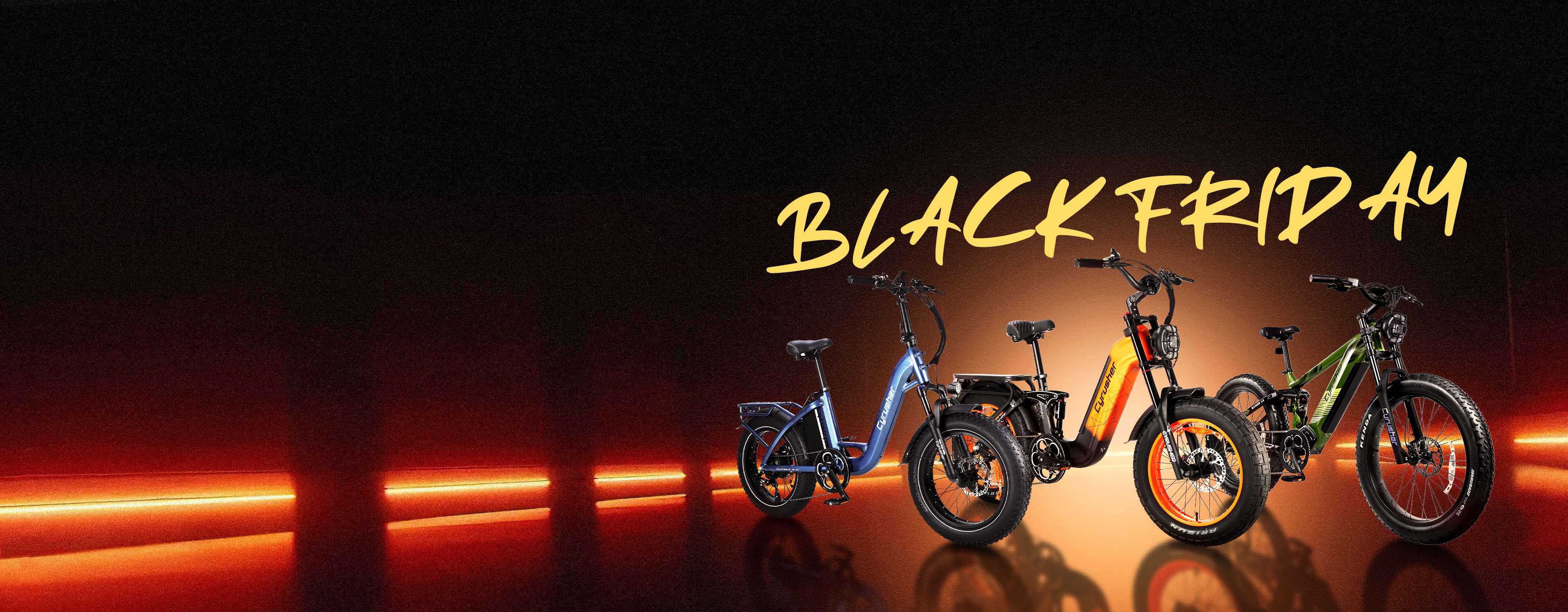
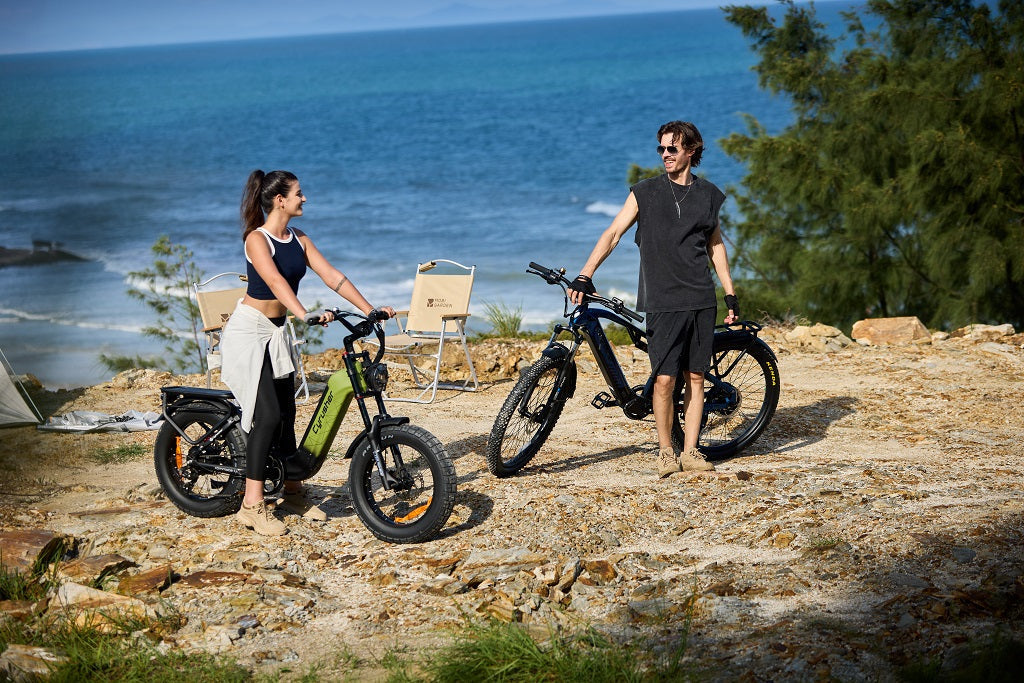

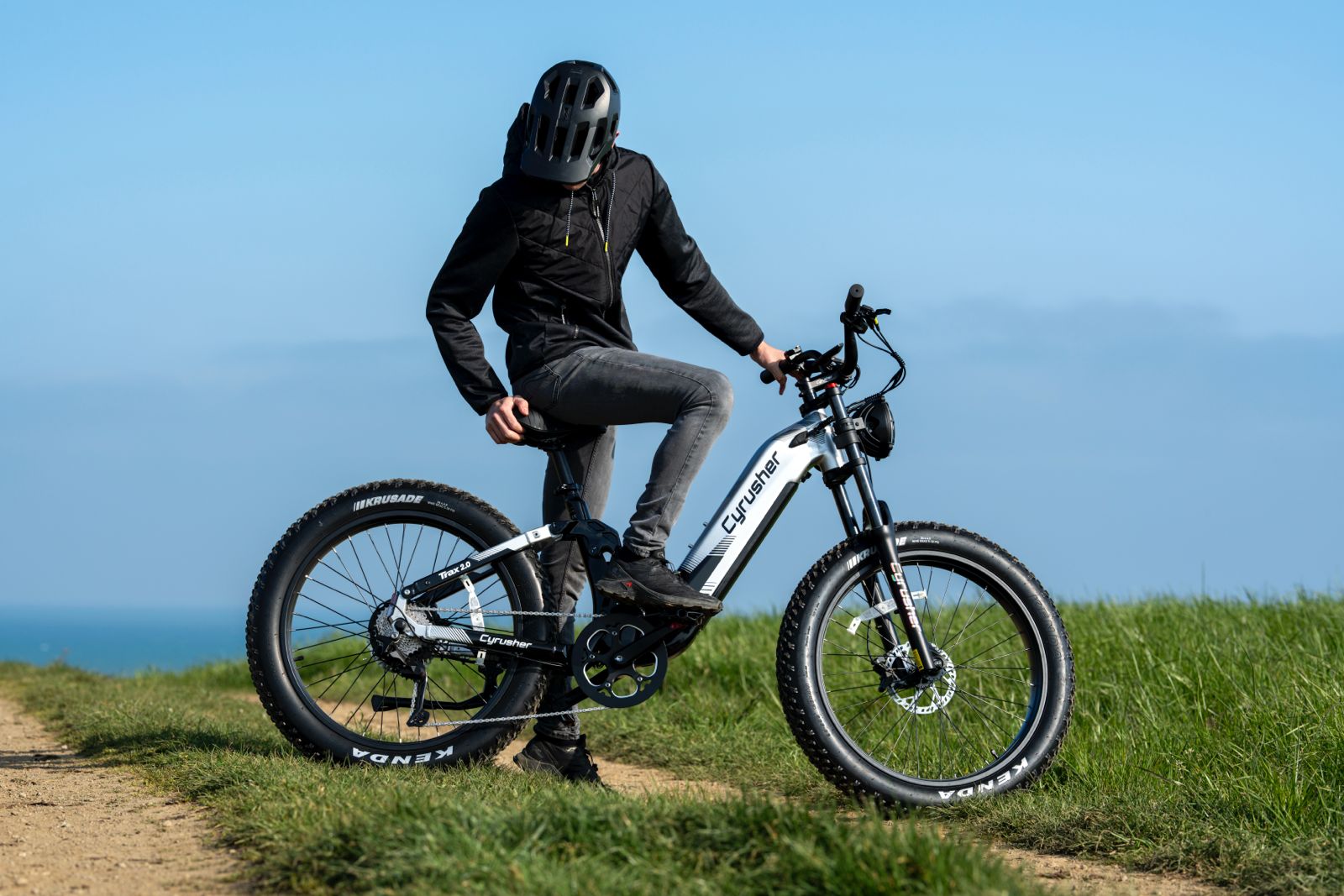

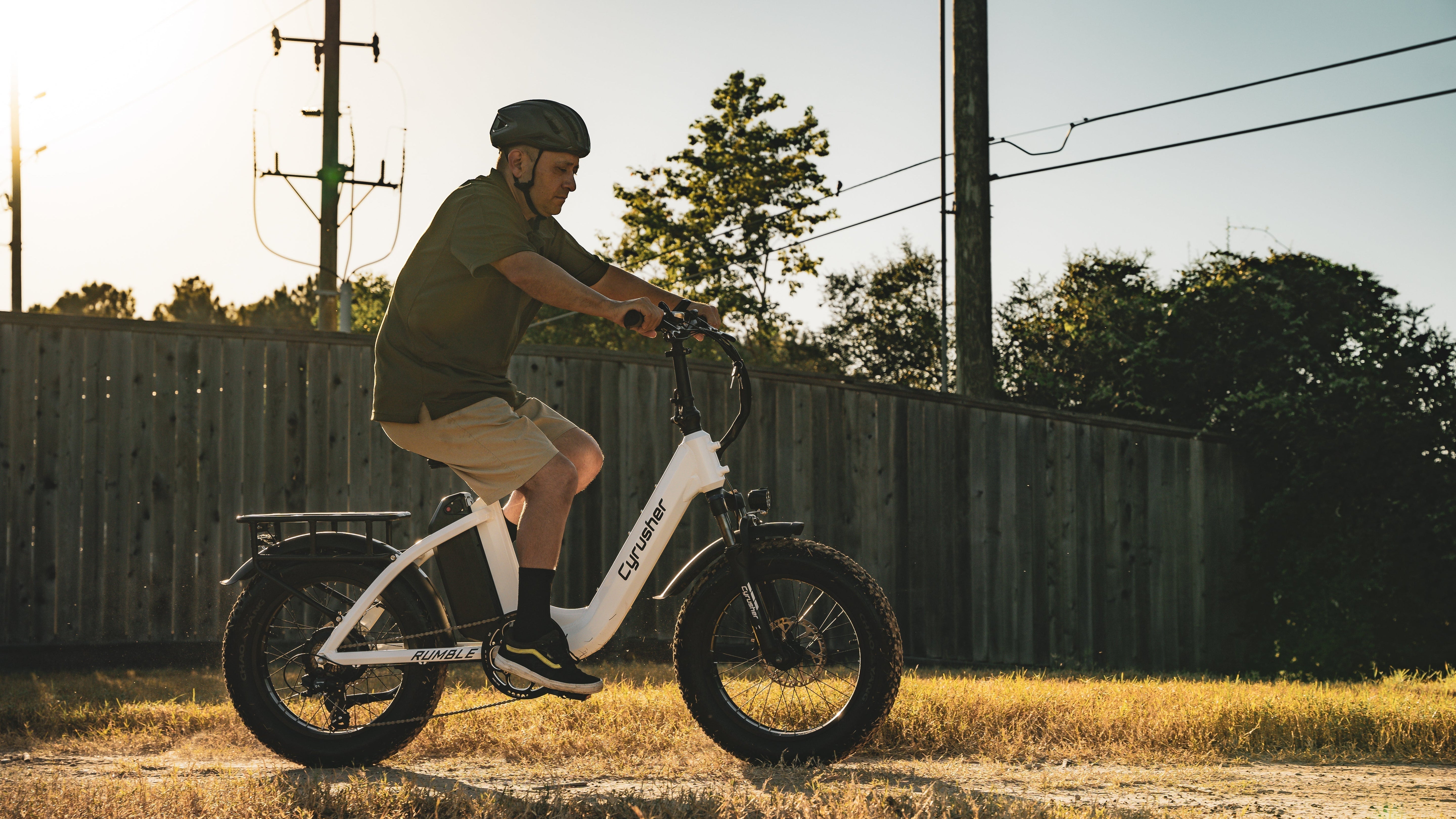

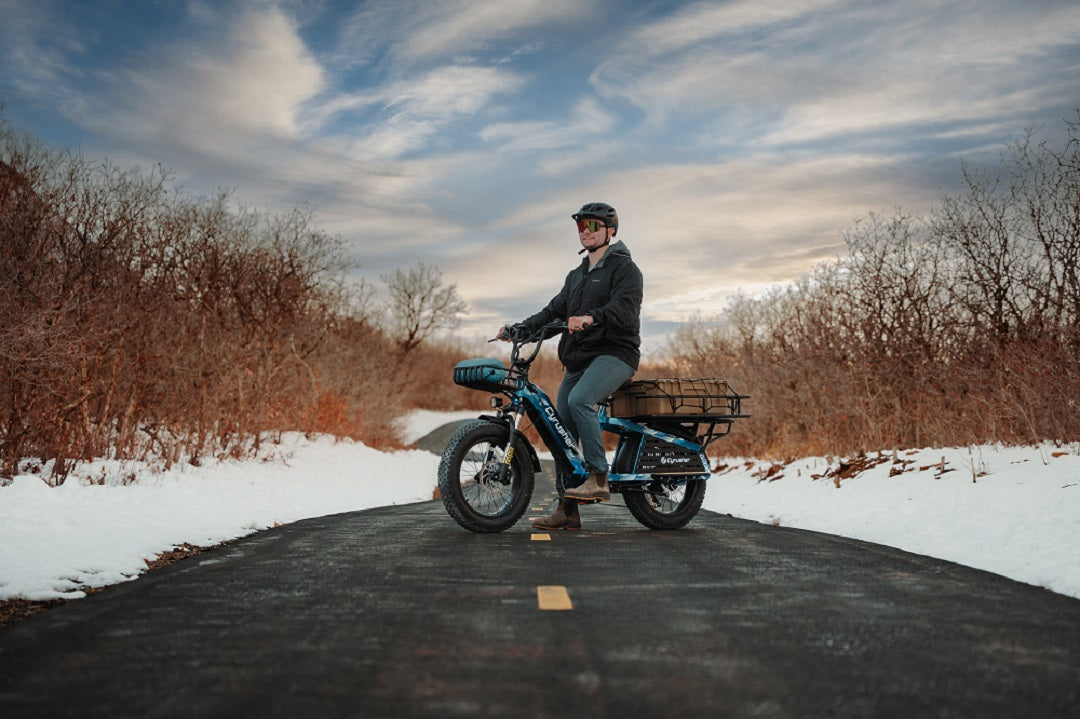
Share:
Step-through Ebike Comparison: Cyrusher Trax vs Magicycle Deer
Which is better: Ebike vs. E-scooter